Sustainable living is a way of life that tries to reduce the use of the natural resources and personal resources of an individual or society on Earth. Sustainability entails more than just lowering energy consumption and emissions; it also entails expanding job opportunities, promoting responsible trade, and lowering poverty rates. Sustainable living advocates frequently try to reduce their carbon footprint by changing their modes of transportation, energy consumption, and diet. From growing your own produce to switching to sustainable products like a stainless steel water bottle, stainless steel kitchen storage containers in kitchen to walking to your work place, sustainability can be practiced at various levels.
10 Tips to Practice Sustainable Lifestyle
There are numerous easy and effective ways to live a more sustainable lifestyle. Here are ten tips for a healthy and sustainable lifestyle.
1. Grow Your Garden
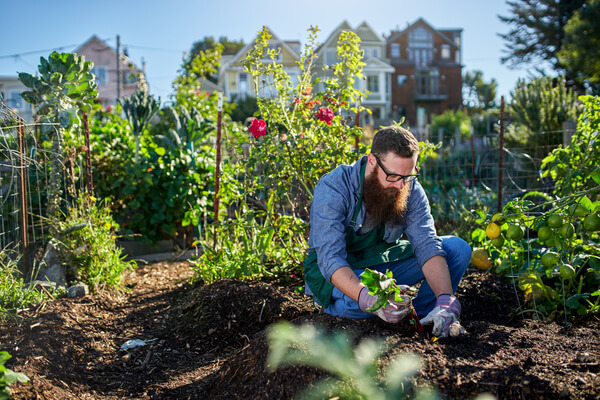
Growing your garden can be a lot of fun. Plants and trees help to reduce the amount of carbon in the atmosphere. Wherever possible, choose native and bee-friendly plants. Any fruits and vegetables you grow will have a much lower carbon footprint than supermarket food. Food must travel only a short distance from the soil to the table, reducing the carbon emissions associated with food transportation. One can leave behind the worry about plastic packaging. You also get complete control over how food is grown, avoiding harmful fertilizers and pesticides.
2. Conservation of Energy and Water at Home
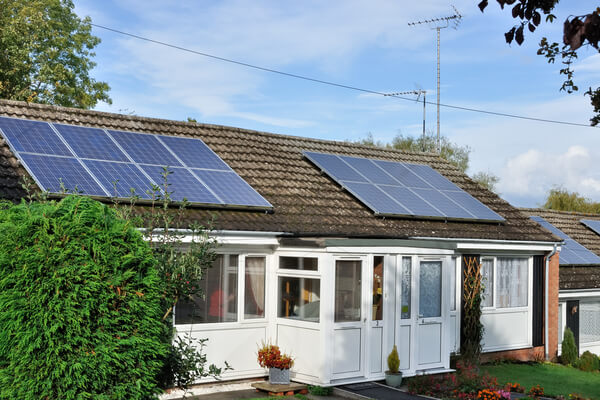
Several energy providers now provide 100% renewable electricity. The most effective will also offset the carbon footprint of their gas supply.
Choosing energy-efficient appliances is another excellent way to make your home more environmentally friendly.
Here are a few more suggestions:
- Use LED lightbulbs that are energy efficient.
- Electrical appliances should not be left with a switch on.
- Before using the washing machine, make sure it is full.
- Instead of using the dryer, try hanging out the clothes for drying.
- Collect rainwater in a bucket and use it to water the garden.
- Select a toilet that has a dual flush.
- Install a water-saving showerhead.
3. Reach Your Workplace by Walking, Biking, Or Carpooling

The lesser the use of your car for personal purposes, the better it is for both of you and the environment. Walking or biking to work not only promotes sustainability by reducing pollution and natural resource consumption; it also improves your health and reduces the strain on public health resources.
4. Carry Your Water Bottle Everywhere

One of the simplest things you can do to conserve resources, reduce waste, and save money. If you still buy bottled water, go to the store and look at the plethora of great stainless-steel water bottles on the market. Don’t leave the house without your BPA-free stainless-steel water bottles, which are a very eco-friendly and healthy option. Make sure to carry your own water bottle to work, school, and around town.
5. Ditching Tissues and Using Handkerchiefs
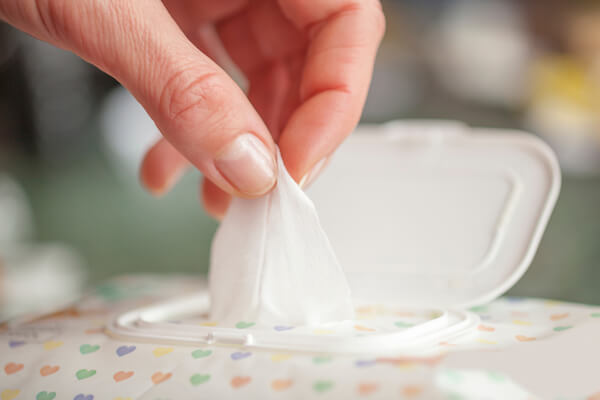
Germs can be a deterrent for some people, but this can easily be avoided by having clean hankies on hand and throwing soiled hankies directly into the laundry or a reusable wet bag. This environmentally friendly practice saves money, conserves energy, and eliminates (germy) waste in the home.
6. Instead of Paper Towels, Use Reusable Cloths.

On our wasteful heyday, we used to go through massive packages of paper towels. Those massive packages come at a colossal price. And it’s all thrown away! Change to reusable cloths, such as microfiber towels, cotton dishrags, or even old t-shirt squares. Keep a stack of towels in drawers or baskets around the house for easy access when family members need to clean up a spill.
7. Use Stainless Steel Container, Jars, And Serveware

Using stainless steel kitchen storage containers, food jars, and serveware like casserole reduces a lot of waste and saves a lot of money. It is not at all harmful like the plastic or Styrofoam ones. They are easy to clean and they don’t retain any smell of the leftover food.
8. Changing to Eco-Friendly Toiletries

The majority of sanitary products are produced from non-organic cotton, which is a pesticide-intensive crop that degrades soil. Pesticides, fertilizers, and pesticides are used in vast quantities by farmers. Fertilizer processing also uses finite energy sources, producing large quantities of CO2. Soil depletion decreases the ability of soils to absorb carbon dioxide, contributing to global warming. Furthermore, all of those sanitary products eventually end up in a landfill or the ocean.
9. Reuse, Recycle and Repeat
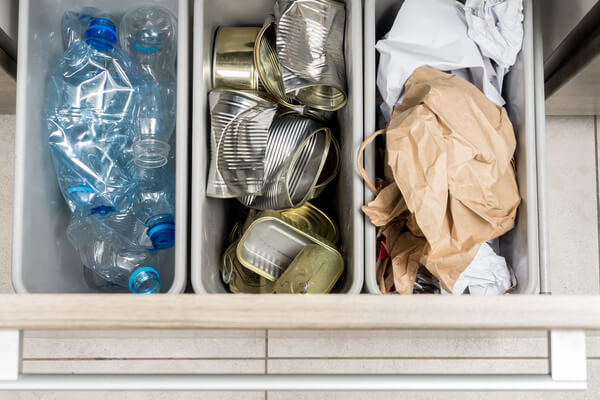
We need to cut back on our consumption. We must also reuse and repurpose as part of our daily lives.
We can reuse by purchasing used items from thrift stores and flea markets. Consider the case of clothing. Extending the life of clothing by three months reduces its carbon, water, and waste footprint by 5 to 10%.
10. When Not in Use, Unplug the Device.
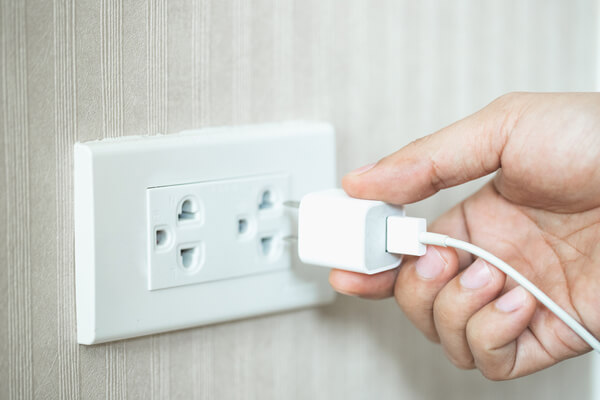
Even when turned off, most electronic devices continue to draw power. Simply unplug the appliance when not in use to save energy. It will assist you in conserving energy and lowering your monthly electricity bill.



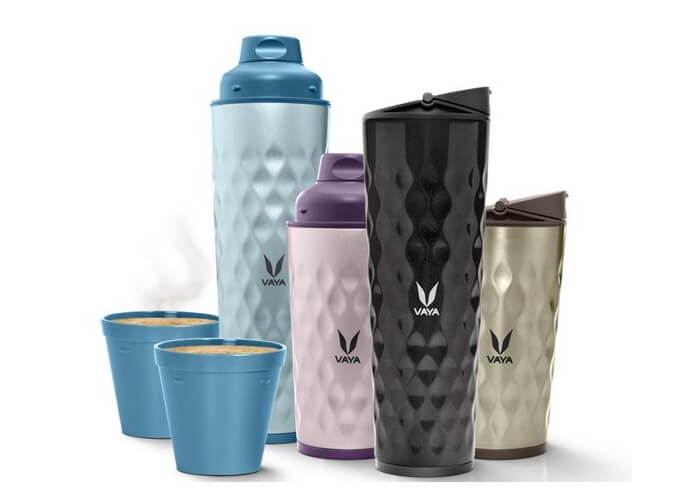




Recent Comments